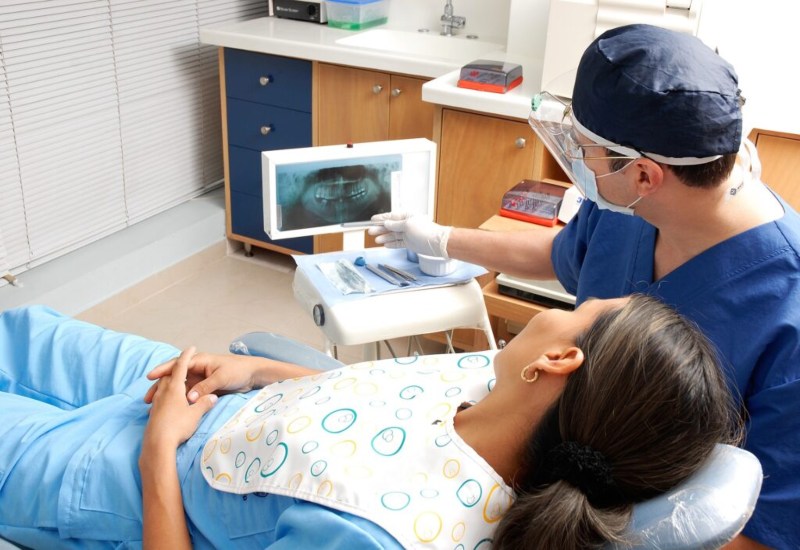Our 3 Locations
What Is Gum Graft Surgery?

As we age, we become more susceptible to gum disease, plaque, and tartar. Good oral hygiene routines delay and prevent the effects of gum disease. For those that don’t follow a good oral hygiene routine or have bad genetics, bacteria present in plaque and tartar can begin eating away at your gums. Eventually, this can cause the gums to recede, which can lead to teeth falling out.
Unfortunately, gums won’t grow back once they’re gone. But dentists can graft tissue to treat receding gums and fix the problem. In this article, we’ll discuss gum graft surgery and how it works.
What Are Gum Grafts?
Gum grafts are tissue that is usually taken from the roof of your mouth and placed by your teeth. Generally speaking, by the time the root of the tooth is exposed, you are at substantial risk of losing the tooth. If you do nothing, you are almost certain to lose the tooth. The graft helps support and protect the root from further decay.
All gum grafts work the same way. You and your dentist will discuss matters such as wear the tissue is taken and how the procedure is performed. Many times, instead of using your own tissue, you can use tissue from a tissue bank. The process will depend on your individual needs.
Gum Graft Surgery Recovery Time
You’ll be on a soft food diet for about a week or two after the surgery is complete. On the plus side, you’ll be able to go home later that day. Your dentist will instruct you to rinse your mouth with a powerful anti-plaque wash and may recommend an antibiotic to reduce the risk of infection.
As far as pain goes, if your dentist removed tissue from your mouth, you will have soreness at the site where the tissue was removed. Some folks describe this as feeling like a burn on the roof of their mouth. However, the tissue heals quickly and the pain abates in a couple of days. In the meantime, ibuprofen and similar pain relief medications can be used to control the pain. If the pain is too intense, you may be placed onto something stronger, but for a very limited amount of time to reduce the risk of addiction.
Will I Need More Gum Graft Surgeries?
Hopefully not. But surgery is not a replacement for good oral hygiene habits. It’s only there when those habits have failed completely and you’re at risk of tooth loss. The same factors that caused it the first time will cause it again unless you start taking care of your teeth better. The upside is that the mouthwash and antibiotics will temporarily reduce the overall amount of plaque and bacteria in your mouth allowing you to hit the ground running.
Talk to a Flagstaff, AZ Dentist Today
Peak Family Dental Care in Cottonwood provides gum graft surgery to those who are suffering from gum recession. Call today to schedule an initial appointment and we can discuss what to expect as we proceed.
